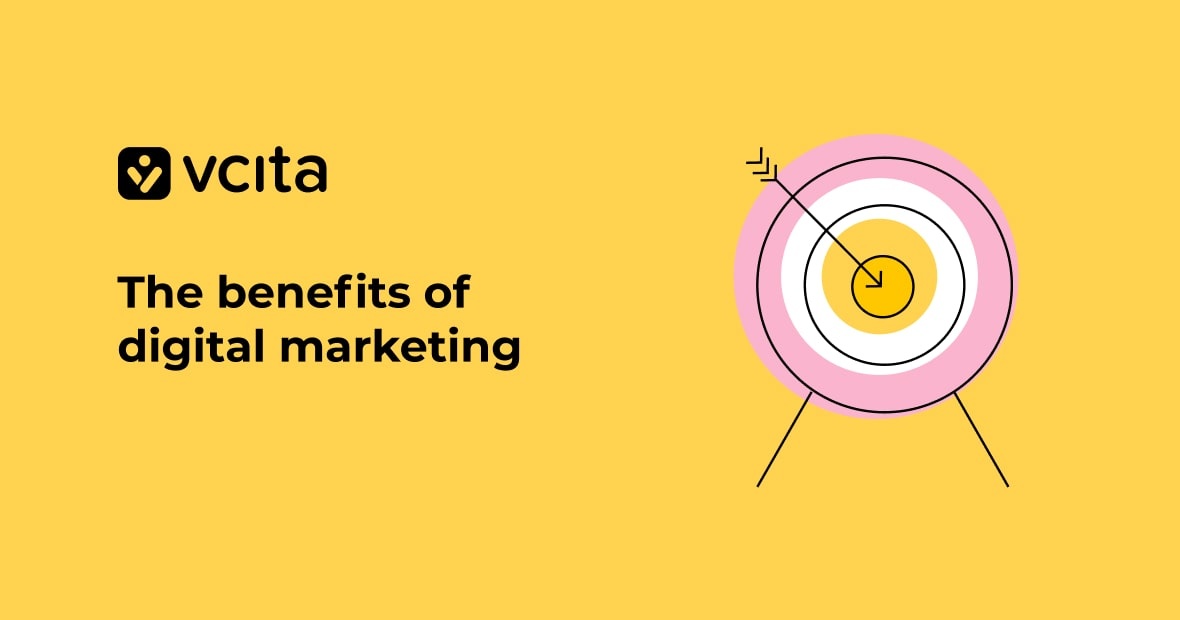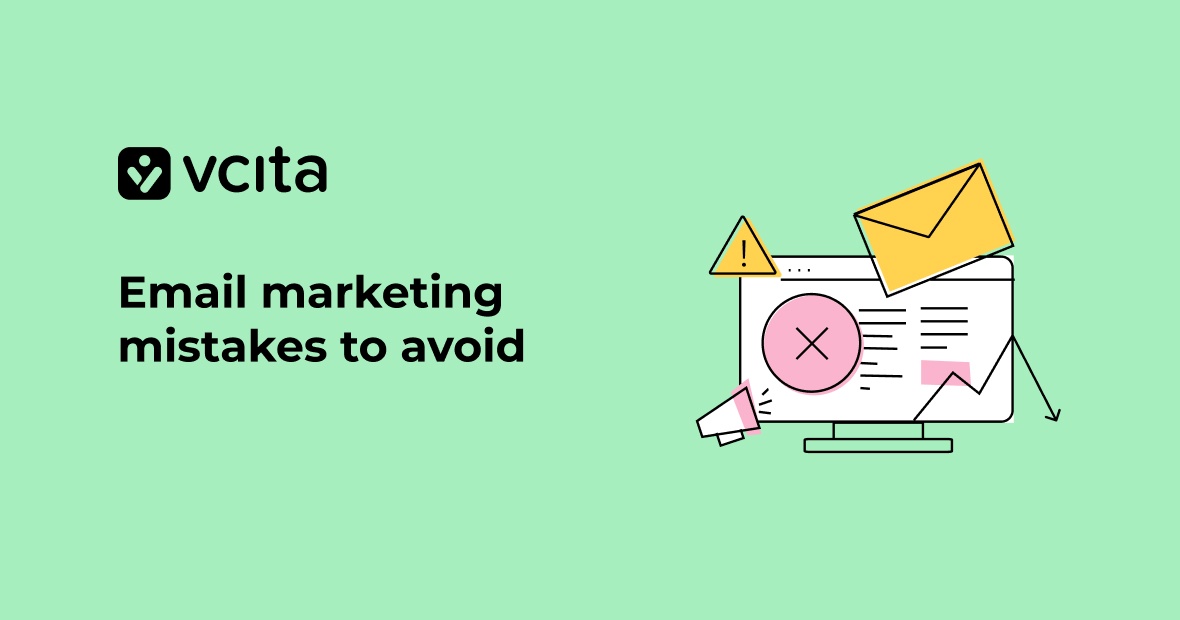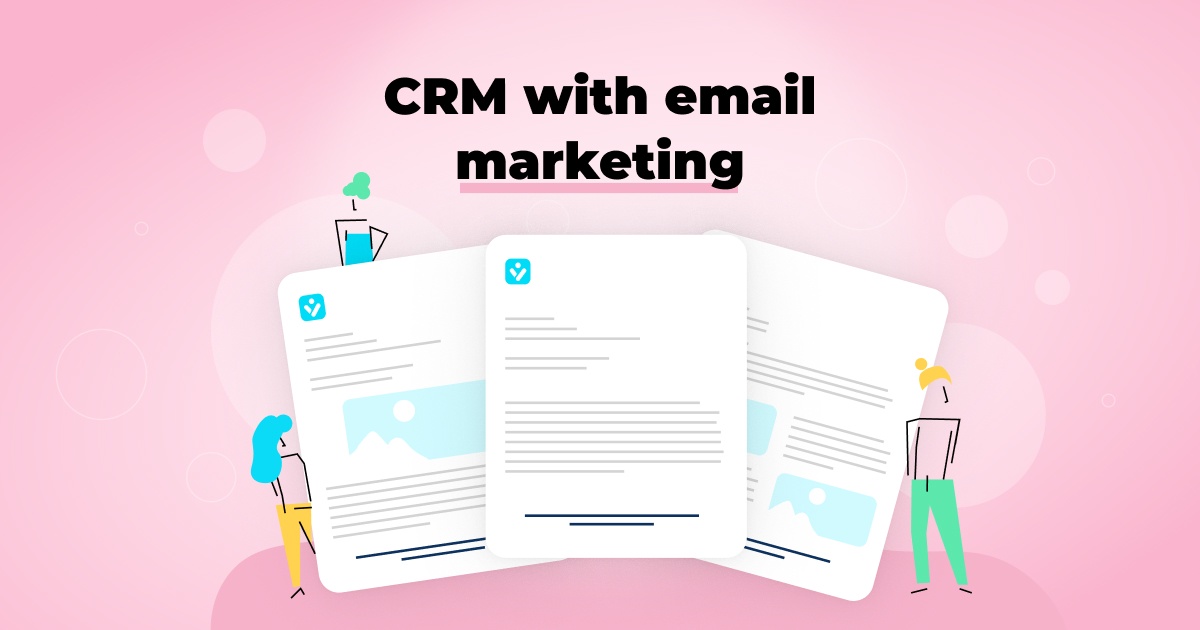Despite the increase in the use of social media and messaging apps, email marketing is still a very popular way for businesses to connect with their clients and prospects. It is a powerful marketing tool, even today, especially considering that the number of global email users is predicted to reach 4.6 billion in 2025.
That said, not every email marketing practice is equally (or at all) efficient in achieving these goals. Times are changing and what may have worked yesterday will not have the same effect tomorrow.
This begs the question:
What works and what doesn’t in email marketing nowadays?
Let’s go through some of the aspects that can make or break your email marketing strategy.
Amount of emails
Striking a balance between effectively informing your contacts and endlessly spamming them with needless details is sometimes a difficult task. If you send too few, your clients may forget about you. Send too many, and they might just decide your business isn’t worth it and click on that unsubscribe button instead of checking out what you wanted to tell them.
The best way to decide just how many emails per day or week works for your business is through relentless testing. In other words, test your current emailing frequency, play around with it, and watch your open rates and unsubscribe rates closely. Adjust accordingly.
Relevant content
Those who doubt the efficiency of email marketing often forget one thing. When email marketing doesn’t work, it’s because the content just isn’t relevant to the recipients’ interests. This is often caused by the lack of information about the contacts, which could be solved by using an efficient analytics tool.
If your emails provide value to your target audience, i.e. they’re interesting, informative, and/or entertaining, you can get away with sending a few extra to them. Just make sure to test their efficiency.
Subject line
A large number of email recipients decide whether or not an email message is worthy of their attention judging only by its subject line.
If the subject lines of your email messages aren’t compelling, relevant, or concise enough, they won’t give them the time of day. They simply won’t read the email, just mark it as read, or delete it (or worse, report it as spam).
One tip for writing a successful email subject line is to write it after you’ve written the email itself. This will help you find a relevant subject line that pertains to the content in your email.
Here are some other tips to writing a compelling email subject line:
- Add personalization like the recipient’s first name
- Keep it short – between 9 words and 60 characters
- Use emojis sparingly – they don’t always come off as professional
- Use wording that sparks curiosity and/or urges the reader to act.
- Test your subject lines often
Brand personality
Although the primary purpose of email marketing is to promote your services and provide information, it’s important to consider the tone and personality felt through these messages. In other words, make sure your email messages aren’t just cold recitations of your offering, but that they show off your brand’s personality, charm, and even sense of humor.
This will make clients and prospects respond to your messages more favorably and feel closer to your brand.
Mobile optimization
If you haven’t yet ensured that your email campaigns are properly viewable on mobile devices then we have some bad news for you. You’re not just wasting a huge opportunity, but you’re also annoying your clients in the process.
There are currently 6.4 billion smartphone users worldwide and many of them use their smartphones to read emails, so they expect businesses to adjust. Make sure to use a responsive design in your emails so they are adaptable to being viewed at any device your recipients may be using.
Using proper tools
You no longer need to be a rocket scientist to make effective email marketing strategies. Technology has allowed every small business owner to carry out and automate email marketing effortlessly. All you need to do is sign up for a capable business management platform that has all the email marketing tools you’ll ever need and you’re good to go.
With vcita’s business management platform, you’ll get a powerful set of tools and capabilities. They include mobile optimization, real-time analytics, coupon support, customer segmentation, efficient CTA and scheduling buttons, customer relationship management (CRM), and so much more.
Which types of marketing emails are most effective?
Marketing messages that businesses use to advertise their services and products via email can be divided into four major groups:
- Newsletters: how-to tutorials, thought leadership pieces, industry news, listicles, exclusive membership deals, blog post/video roundups, exciting announcements, tips and best practices, and frequently asked questions (FAQs).
- Acquisition emails: subscription confirmations, abandoned cart notifications, social media engagement follow-ups, actionable advice, as well as special deals and offers.
- Retention emails: feedback and review requests, we-miss-you emails, promotional offers for returning clients, listicles of reasons to return, advice and recommendation about your services, expiring trial notifications, progress emails, and content digests.
- Promotional emails: notifications about new services, limited time offers, free content, event announcements, sale emails, gift ideas, did-you-know emails, upgrade emails, invitations, and apology emails.
Among these, there are some messages that are more efficient than others in achieving your goals. These include:
Subscription confirmations
Also called welcome emails, friendly subscription confirmations belong to the group of acquisition emails and are sent immediately after the recipient subscribes to your emails. They are a great way to introduce your business, explain its value, and make sure they don’t mark your messages as spam or hit the unsubscribe button.
Recommendations
Sending personalized suggestions to your clients is an especially successful type of retention email marketing. It is based on recipients’ interests or the services they previously purchased from your business that might just tempt them to purchase more. These emails are great to encourage your clients to buy more than what they were looking for. They might not have been familiar with these products or services beforehand and suddenly decide they want them thanks to your email.
Rewards and exclusive offers
A great way to get repeat business and stronger relationships with clients is by rewarding their loyalty with exclusive offers and points associated with important events throughout the year, also called a loyalty program. This could be a New Year’s special, subscription anniversary, or a birthday offer, sent in the newsletter form.
Free content
Everyone likes free stuff, so why not surprise your contacts with a promotional email that includes free content every now and then? Examples include free ebooks, guides, infographics, statistical and/or trending information, and so on.
Feedback or review requests
Asking for reviews in the form of a quick survey isn’t just a way to learn how you can improve your business or to show off your five-star reviews. It’s also to demonstrate to your clients that you value their opinion and want to communicate with them. This is why such emails are very efficient in client retention.
We-miss-you emails
If your CRM tool shows some of your clients or leads have stopped interacting with your business, you can try and bring them back with the so-called “we-miss-you” emails. This way, you’ll remind them that your business exists and tempt them to return, especially if you offer them some sort of a discount as an incentive. We-miss-you messages are another example of retention emails.
Email is still king
Many business owners and advertisers fear email marketing may be dead due to the rise of social media and other forms of marketing, but they couldn’t be more wrong. Sure, today there are many other methods of communicating with your audience, but email marketing is still very much alive and kicking. Yes, even in 2024 – as long as you stick with the strategies that work and avoid those that don’t, your emails should achieve their goals and support your business strategy.




























